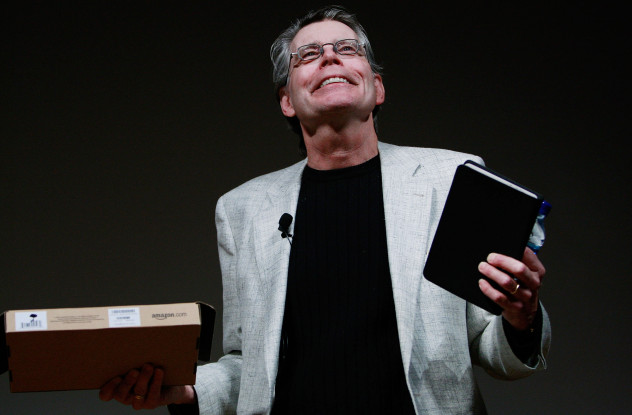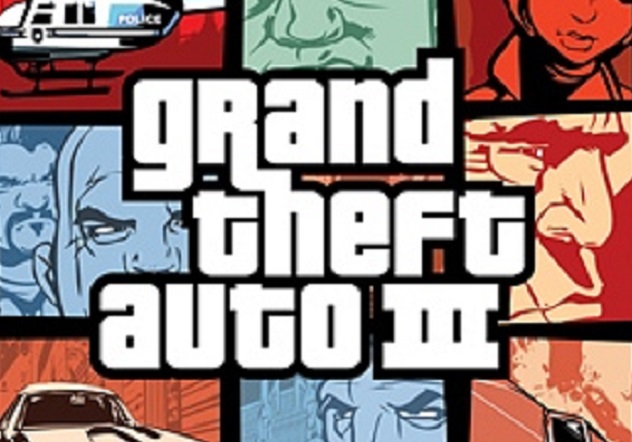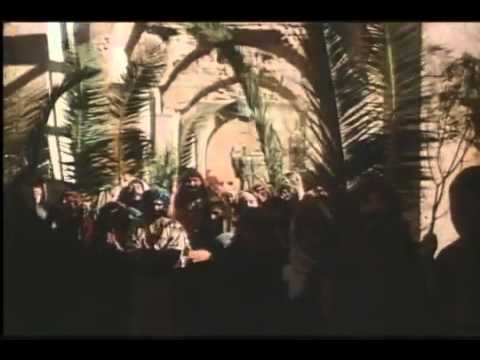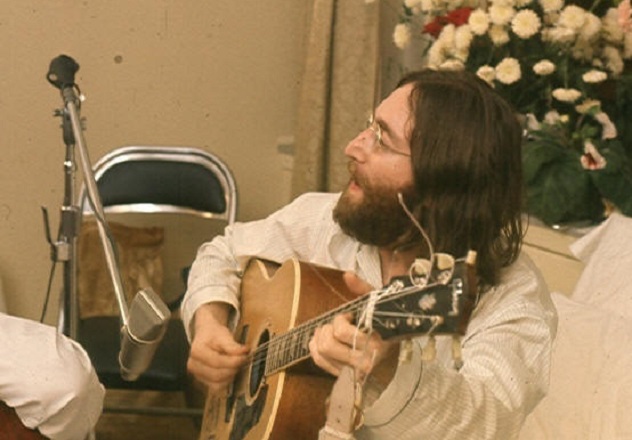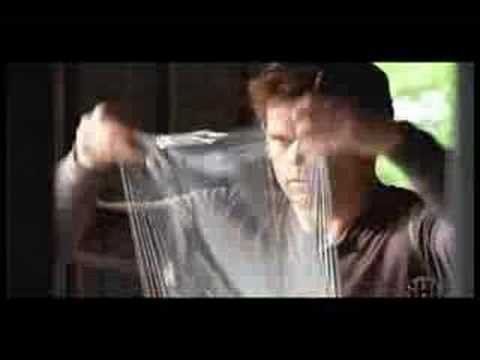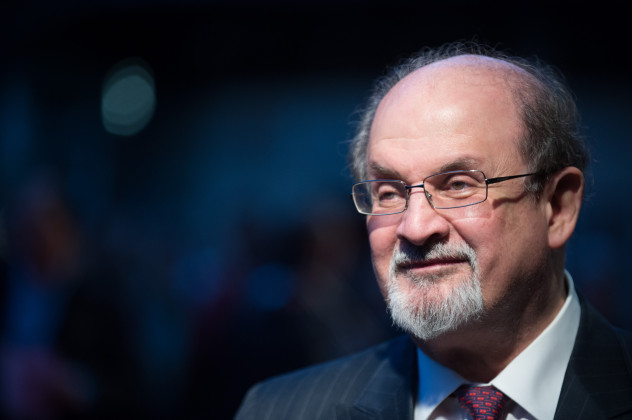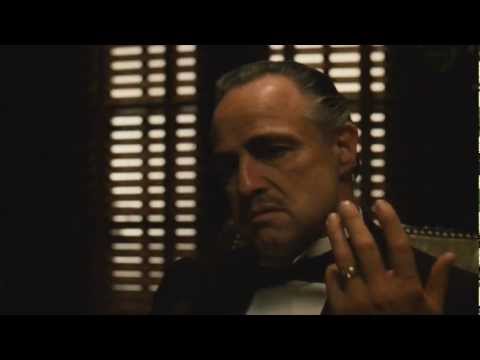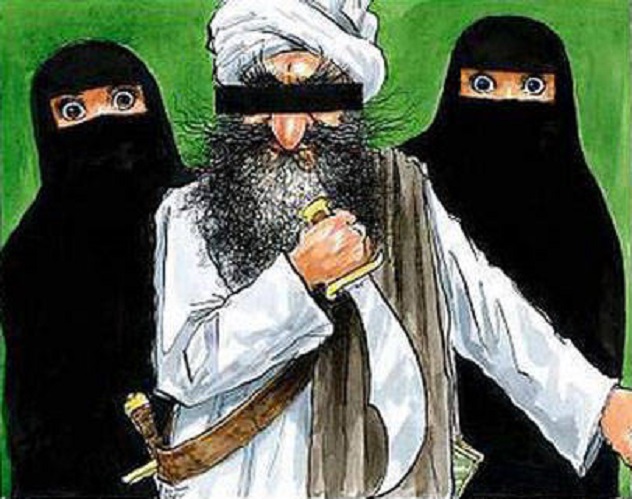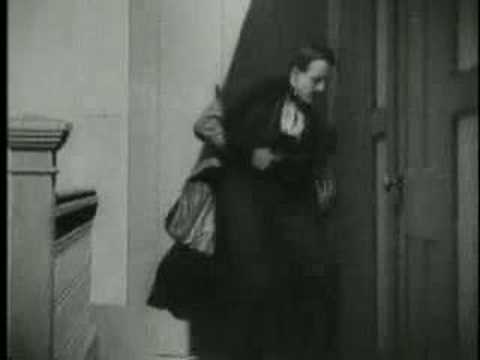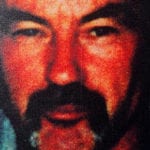10 A Stephen King Book Inspired A School Hostage Crisis
In 1988, Jeffrey Lyne Cox was a bright, friendly high school senior—at least, he appeared to be. Inside, he was tormented by a broken family and unrequited love. The previous year, Cox had read a book called Rage by Richard Bachman (a nom de plume for Stephen King), which is about a high school student who kills a teacher and takes his classmates hostage. In April 1988, Cox entered his fourth-period humanities class and brandished a rifle. Unlike the book, Cox ordered the teacher out of the room, then made his first bizarre request: a carton of cigarettes and four large pepperoni pizzas. Next, he asked for $1 million and passage to Brazil. In Rage, the shooter turned his hostage situation into a group therapy session and Stockholm syndrome quickly set in, but there would be no empathy for Cox in his classroom. When Cox put the rifle between his legs, classmate Ruben Ortega rushed at him and knocked him to the ground. Other students assisted, and the incident ended without any loss of life. Cox was only the first of four shooters to draw inspiration from the King novel. After Michael Carneal shot a prayer group at his high school in 1997, the author had had enough. In 1999, Stephen King requested that the book never be printed again.
9 Grand Theft Auto Ran A Gang
Grand Theft Auto is a video game in which the player commits, well, grand theft auto, among other crimes that didn’t make the title. The highly popular series has spawned many sequels. Grand Theft Auto III struck a chord with a group of folks from Oakland, California, who decided that what the game really needed was a bit more reality. The Nut Cases—yes, that’s what they named themselves—loved to sit around, get high, and play GTA III. When they needed a break from playing, they took the game to the street. The gang terrorized Oakland in late 2002 and early 2003, acting out their own version of the game. They killed five people in the process, including a 14-year-old boy and a family friend of his who had tried to shield him from the hail of bullets. They made no attempt to deny their allegiance to the video game. As one “Nut” said, “We played the game by day and lived the game by night.” Six Nuts were found guilty of murder. Upon receiving a sentence of life in prison, alleged ringleader Leon Wiley was heard to shout “I don’t give a f—.“
8A Movie About Jesus Led To A Theater Bombing
Nikos Kazantzakis’s novel The Last Temptation of Christ was quite controversial upon its 1953 release. It depicts Jesus feeling fear, doubt, and—as the title alludes—temptation. The Catholic Church banned the book and the Eastern Orthodox Church excommunicated Kazantzakis. The real violence didn’t happen, however, until Martin Scorsese’s film adaptation hit screens in 1988, reigniting the rage from the 1950s. On October 22, 1988, a group of fundamentalists that had been excommunicated from the Catholic Church injured 13 people when they threw Molotov cocktails at the St. Michel Theater, situated directly across the Seine from Notre Dame. The theater closed for three years to repair the extensive damage caused by the attack. Due to the threat of violence, coupled with the controversial nature of the film, many countries simply refused to show the film at all. Blockbuster Video never carried the movie for rental. The film received overwhelming critical acclaim—Roger Ebert gave it four stars, and Scorsese received an Oscar nomination for Best Director. Even so, it barely recouped its production costs, due directly to the controversy surrounding it.
7A Movie About Muhammad Led To A Hostage Crisis
It’s a bit difficult to make a movie about a figure when religious mandate strictly forbids showing the subject on camera, but a 1976 retelling of the life of Muhammad did just that. The Message (also known as Mohammad, Messenger of God) told the story of Islam through the eyes of Muhammad’s uncle, Hamza, portrayed by Anthony Quinn. The director consulted Islamic clerics, and an English and Arabic soundtrack were shot simultaneously to accommodate a global audience. Despite these preventive measures, violence and controversy followed the film. On March 9, 1977, 12 former members of the Nation of Islam stormed three buildings in Washington, DC—The National B’nai B’rith headquarters, the Islamic Center of Washington, and the District Building. It was the latter that incurred the most damage. Radio journalist Maurice Williams was killed, and future infamous DC mayor Marion Berry sustained a ricocheted bullet to the chest. Group leader Hamaas Abdul Khaalis demanded $750 in legal fees he had paid years earlier, a meeting with Muhammed Ali, and all copies of Mohammed, Messenger of God destroyed. Authorities believed the film had directly led to the siege. The $750 may seem trivial, but it was an important symbol to the instigators. The money represented a fine Khaalis received for yelling in court at the trial of his relatives’ killers. Another demand was for the prisoners responsible for the deaths to be handed over to Khaalis. You can guess what he planned to do with them. After a day and a half of negotiations, Khaalis agreed to release all the hostages at all locations and turn himself in. He received a life sentence and died in prison in 2003.
6Catcher In The Rye Fans Kill Everyone
Mentally disturbed folks seem to love The Catcher in the Rye, which has led to speculation that it has some sort of magical mind-controlling power over the easily influenced. More likely, it’s just a very popular book, but there’s no denying its influence in a number of high-profile murders. Mark David Chapman obsessively identified with J.D. Salinger’s classic novel, to the point that he considered his murder of John Lennon to be “Chapter 27,” the next chapter in the 26-chapter book. He even infamously quoted from the book in his trial. John Hinckley Jr. claimed his attempted assassination of Ronald Reagan was an ode to his unrequited love for Jodie Foster, but he also had a copy of Catcher among his belongings. Robert Bardo murdered actress Rebecca Schaeffer in 1989. Among his personal items, too, was The Catcher in the Rye. Despite what many believe, the book was obviously not designed as a trigger to push people over the edge, considering that it continues to sell about 250,000 copies each year. Still, the chain of deaths forms an eerie pattern.
5Dexter Obsession Leads To Murder
Andrew Conley was a typical 17-year-old. The only difference between him and other high school seniors is he loved the TV show Dexter—and strangled his 10-year-old brother. Conley readily admitted his motivation for taking his brother Conner’s life to authorities. He said, “I don’t know if you’ve heard of it, but it’s called Dexter, and it’s on Showtime . . . I just feel like him.” Conley went on to correctly state that the show’s protagonist only kills “bad people,” so his choice of victim—an innocent child—is puzzling. While awaiting trial for the murder, he repeatedly asked about the show and talked about its plot points with his lawyers. Dexter seems to have quite a following with murderers. Canadian man Mark Twitchell fancied himself a filmmaker and, more importantly, a Dexter aficionado. His ruse was setting up “stings” for married men, planning to pose as a woman looking for a little action. Once his victim arrived, he would kill them, with the Dexter-like justification of ridding the world of a wrongdoer. He succeeded once, but a second victim escaped. After the good people of Canada convicted Twitchell of murder, he continued to watch Dexter while in prison.
4Muhammad References In A Novel Sparked Worldwide Violence
Salman Rushdie writes with a controversial flair. He is therefore accustomed to backlash, but nothing prepared him for the response to his 1988 book The Satanic Verses. The “Satanic verses” referenced in the title are the alleged passages in the Quran in which Satan tricked Muhammad into reciting an edict to worship three goddesses in addition to Allah. There are historical references to the passage, but it doesn’t actually appear in the Quran. As if that wasn’t infuriating enough to Muslims, a character named Mahound is portrayed as a charlatan. “Mahound” was a derogatory name for Muhammad used by Christians during the crusades. On February 25, 1989, 12 people died in Bombay (now Mumbai) during a protest march against the book. Six Pakistani protesters died shortly before that. A Japanese translator of the book was murdered in 1991, a hotel fire intended for another translator in Turkey killed 36, and an Italian translator was stabbed but survived. Bookstores that carried The Satanic Verses were firebombed, and the Riverdale Press, a tiny newspaper in the Bronx, suffered the same fate after writing an editorial in defense of the publication. Well over 100 people died worldwide because of reactions to The Satanic Verses.
3The Godfather Led To A Real-Life Hit
Joe Colombo has become a cause célèbre here at Listverse and KnowledgeNuts. He deserves the notice, considering the trouble he caused for the mafia in the 1970s. Colombo was a New York crime boss in the early 1960s. Unlike his prior bosses, he had a bit of flair to him and didn’t shy away from the press. This culminated in the formation of the Italian-American Civil Rights League. Colombo used the league to protest and attempt to influence the filming of The Godfather. He succeeded in having the word “mafia” removed from the script with the threat of convincing the people of Little Italy—where most of the movie was filmed—to be uncooperative. That small victory was all Colombo was to have. There are few things the mob hates more than a vocal mobster, and Colombo was the loudest of them all. The heads of the other families became nervous about all the extra publicity thrust upon their operations, so something had to be done. On June 28, 1971, Joe Colombo organized an Italian-American Civil Rights League festival. Mob boss Carlo Gambino told Colombo to cancel the rally, but the attention-seeking Colombo would have none of it. During the goings-on, a 25-year-old street hustler named Jerome Johnson shot Colombo three times while posing as a newspaperman. Another man then shot and killed Johnson. Johnson’s killer was never apprehended, despite there having been over 1,000 people present to witness the murder. Colombo became a quadriplegic. He managed to hold on for six more years before dying in 1977. If that all sounds vaguely familiar to you, that’s because Colombo was the basis of the character named Joey Zasa in The Godfather, Part III. Had Colombo stayed clear of The Godfather and his Italian-American League, he still probably would have been wacked—he was too much of a loose cannon to survive for long. But the extra eyeballs he attracted by messing with The Godfather expedited his assassination.
2 A Danish Cartoon Strip Led To The Deaths Of Hundreds Of Nigerians
The world forgot the controversy over The Satanic Verses pretty quickly. In 2005, Danish newspaper Jyllands-Posten published 12 drawings depicting the Prophet Muhammad. Depicting Muhammad’s image at all is enough to offend the Muslim community, as it is considered blasphemous, but the cartoons were blatantly provocative. One of them even depicts Muhammad’s turban as a bomb. Protests began immediately, but all were peaceful until early 2006. That’s when a Muslim man broke into the house of the artist responsible for the turban-bomb and attacked him with an axe. The violence was not limited to Denmark or the newspaper staff. Muslims protested worldwide, but one divided nation used it as an excuse to kill. Nigeria’s 168 million people are evenly split between Muslims and Christians. For the most part, they live in separate parts of the country, but in areas where the two mix, the Danish cartoon was just the spark needed to incite violence. Over 120 deaths were linked to the cartoons in Nigeria as Christians and Muslims clashed. Churches were burned, and Christians retaliated. The violence escalated over several weeks, over images that most Nigerians had not even seen. Worldwide, 200 deaths have been attributed to the controversy over the cartoon.
1The KKK Arose From A Movie
D.W. Griffith is remembered as a pioneer of motion pictures. A more unfortunate part of his legacy is the single most racist and one-sided film of all time, The Birth Of A Nation. The story is set in the South during and after the US Civil War. It paints the North as the bad guy and decries the rampant violence of freed slaves. It also happens to be an achievement in groundbreaking film technique—the camera angles and close-ups it contains were cutting edge at the time. The battle scenes were the finest ever filmed, and it was the first film to properly use a music track to invoke emotion. Off the screen, it single-handedly brought about the return of the KKK. The Ku Klux Klan formed shortly after the Civil War, cloaked as a Southern pride organization to keep carpetbaggers from running antebellum towns. Their real motivation was to keep freed slaves as fearful as possible. Thankfully, the KKK had all but disbanded by the 1870s, but after the positive portrayal in Birth of a Nation, the Klan made a remarkable revival. William Joseph Simmons used the film, as well as sensationalist newspaper reports of alleged attacks on white women by black men, as a rallying cry for southern men who still harbored Confederate allegiance. On Thanksgiving 1915, Simmons burned a cross on top of Stone Mountain in Georgia. The burning cross is a widely known symbol of the Klan today, but the original KKK did not use them—the instrument of fear was first linked to the Klan in Birth of a Nation. The Klan as we know it in America today would not exist had it not been for Griffith’s 1915 film. Jake wrote a trivia e-book filled with the crazy kind of stuff you just read on this list. You can follow him on Twitter for more useless facts.
